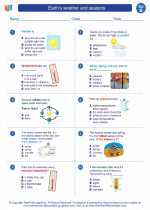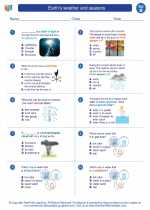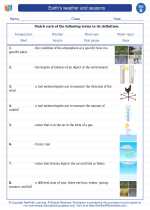Peripheral Nervous System
The peripheral nervous system (PNS) is a network of nerves that connects the brain and spinal cord to the rest of the body. It is responsible for transmitting signals between the central nervous system and the limbs, organs, and sensory receptors.
Components of the Peripheral Nervous System
The PNS is divided into two main components: the somatic nervous system and the autonomic nervous system.
Somatic Nervous System
The somatic nervous system controls voluntary movements and transmits sensory information from the body to the central nervous system. It is responsible for activities such as walking, talking, and picking up objects.
Autonomic Nervous System
The autonomic nervous system regulates involuntary bodily functions such as heart rate, digestion, and respiratory rate. It is further divided into the sympathetic and parasympathetic nervous systems, which have opposing effects on various organs and bodily functions.
Functions of the Peripheral Nervous System
The PNS has several important functions, including:
- Transmitting sensory information from the body to the brain
- Controlling voluntary movements
- Regulating involuntary bodily functions
- Facilitating the body's response to stress and emergencies
Study Guide
To understand the peripheral nervous system, consider the following study guide:
- Define the peripheral nervous system and its main components.
- Explain the functions of the somatic nervous system and provide examples of voluntary movements it controls.
- Describe the role of the autonomic nervous system in regulating involuntary bodily functions.
- Discuss the differences between the sympathetic and parasympathetic nervous systems and their effects on the body.
- Research and present a case study or real-life example that illustrates the function of the peripheral nervous system in a specific situation or condition.
By understanding the peripheral nervous system and its role in the body, you can appreciate the complexity of the nervous system and its impact on human behavior and bodily functions.
[Peripheral Nervous System] Related Worksheets and Study Guides:
.◂Science Worksheets and Study Guides Second Grade. Earth's weather and seasons

 Worksheet/Answer key
Worksheet/Answer key
 Worksheet/Answer key
Worksheet/Answer key
 Worksheet/Answer key
Worksheet/Answer key
 Worksheet/Answer key
Worksheet/Answer key
 Vocabulary/Answer key
Vocabulary/Answer key
 Vocabulary/Answer key
Vocabulary/Answer key
